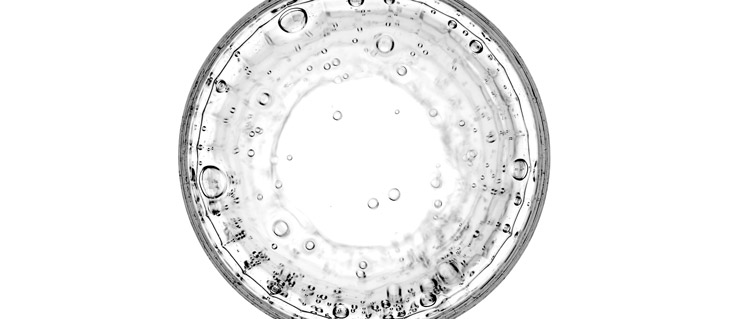
Old Material and New Technique
Glass originated in Mesopotamia in about 3500 BCE and the first objects made wholly of glass date to about 2500 BC. Through the millennia, the glassmaking process has typically employed hot furnaces and harsh chemicals. Scientists and engineers are investigating the possibility if such drawbacks to glassmaking can be sidestepped with 3D printing.
3D Printing Materials
A wide variety of materials have already been used in 3D printing – plastics, metal, ceramic, including living cells. Glass proved to be too difficult to 3D print. With the use of laser or heating the materials to temperatures of about 1,800 degrees Fahrenheit, the resulting products were coarse and rough, not suitable in many applications.
Now, a new technique has been developed using ‘liquid glass.’ They used silica nanoparticles, about only 40 nanometers, or billionths of a meter wide. It is something much thinner than a hair strand, about 2,500 times thinner. The silica is dispersed in acrylic solution, becoming what they call liquid glass and using a standard 3D printer, the layers printed are exposed to temperatures of 2,370 degrees F. As the acrylic burns away the silica nanoparticles fuse together into smooth, transparent glass structures. With additives, even colored glass can be printed.
The new method can print tiny features as tiny as a few dozen microns, does not require harsh chemicals, and can produce smooth and clear glass items such as lenses for smartphone cameras, chemically and thermally resistant micro reactors, and optical and photonics components for high-speed data transmission. For bigger items, the new method may also print 3D curved pieces of glass for architecture.
The scientists say that they can commercialize the technology, and in a few years, 3D printing glass may be as convenient and easy as printing plastics. This work has been published online in the Nature international weekly journal, in April 2017.
Material of The Future in Seattle
Glass will soon be the next material in 3D printing. For now, popular materials available can still be used for any flight of fancy or serious endeavor you can think of. We of 3D Composites are the go-to place for all things 3D printing in Seattle.



